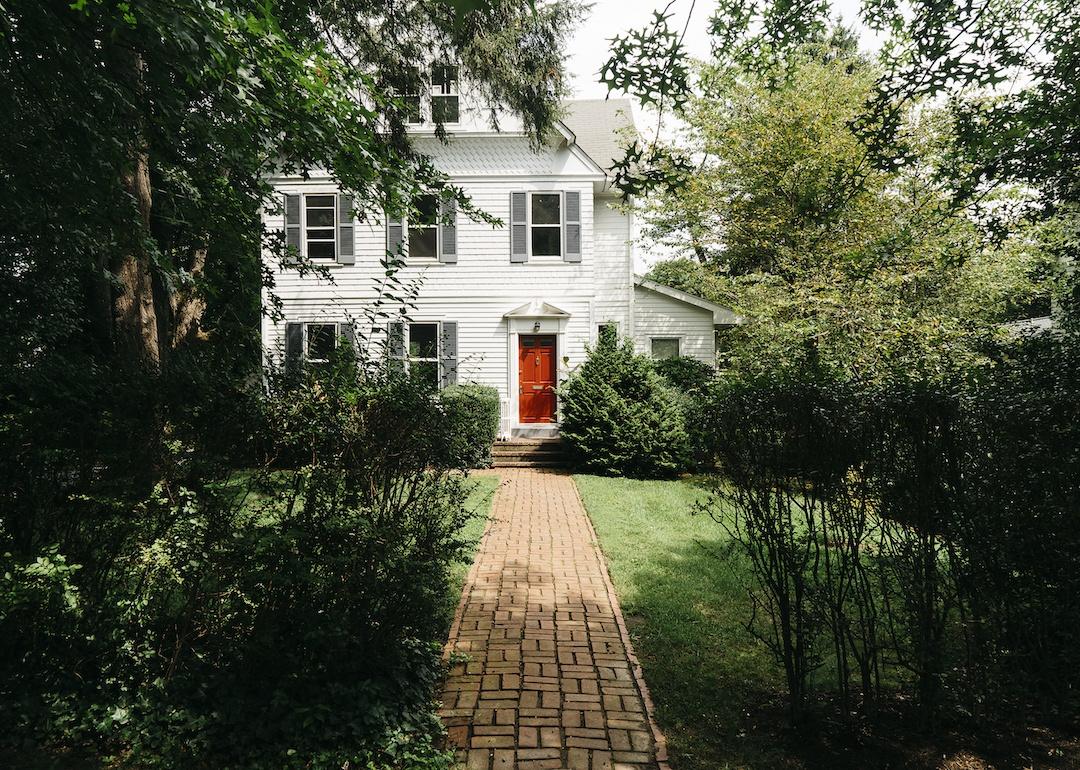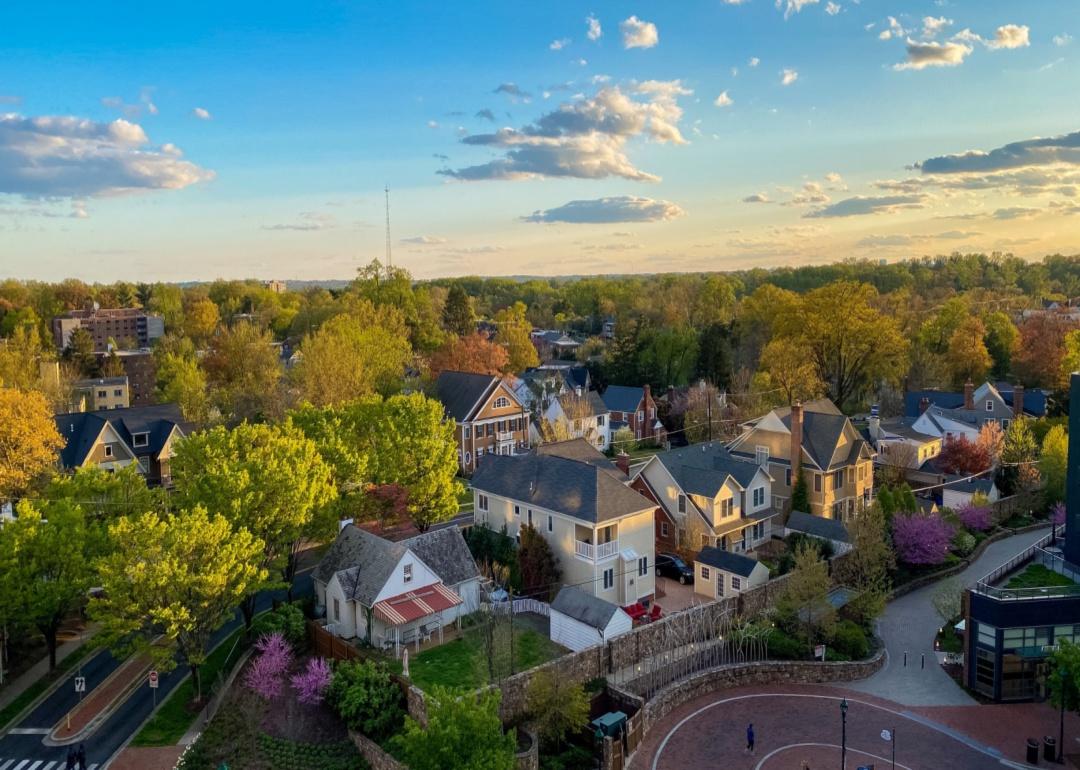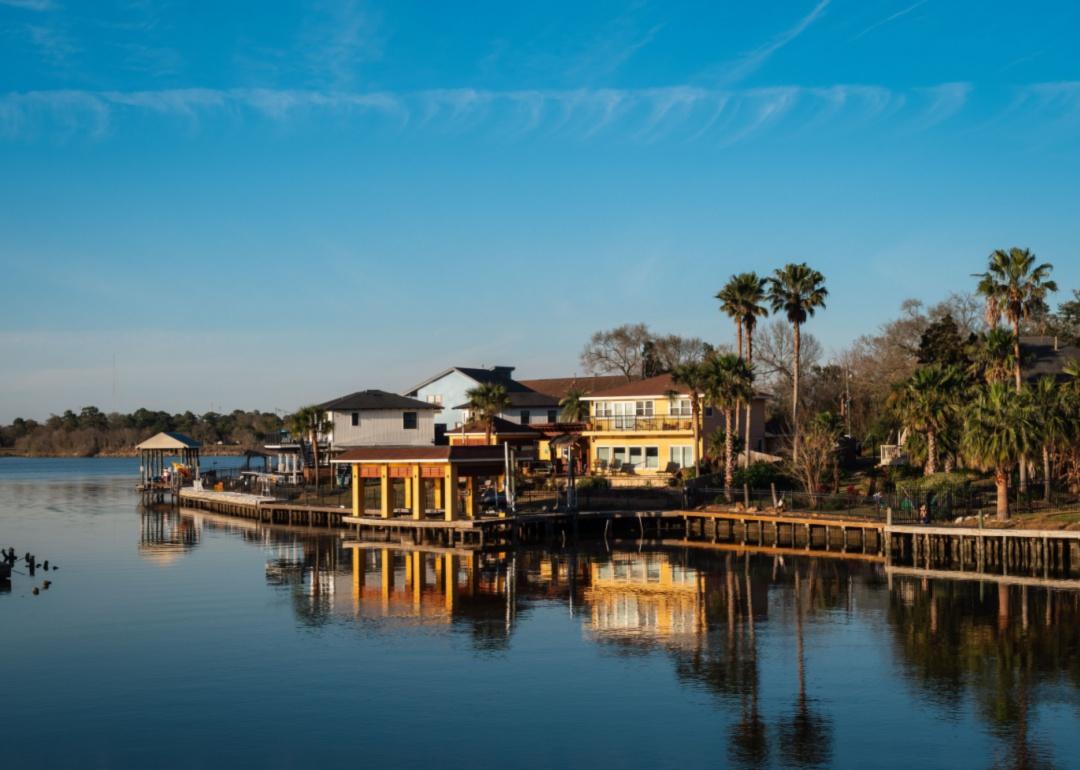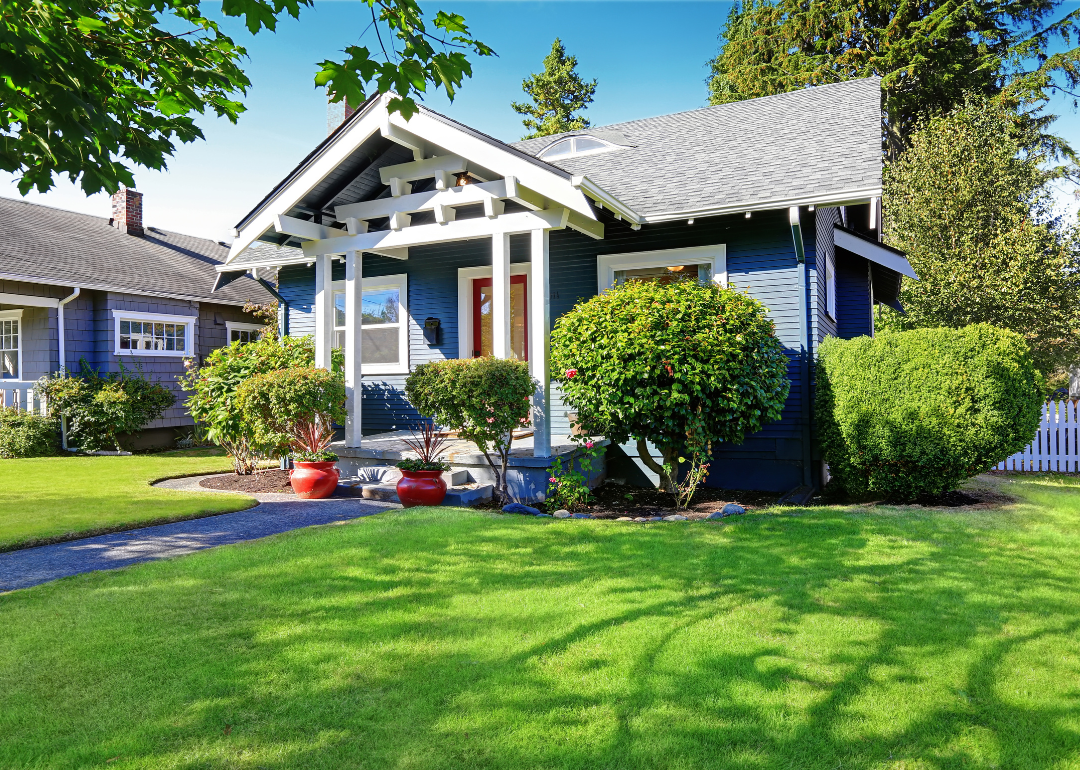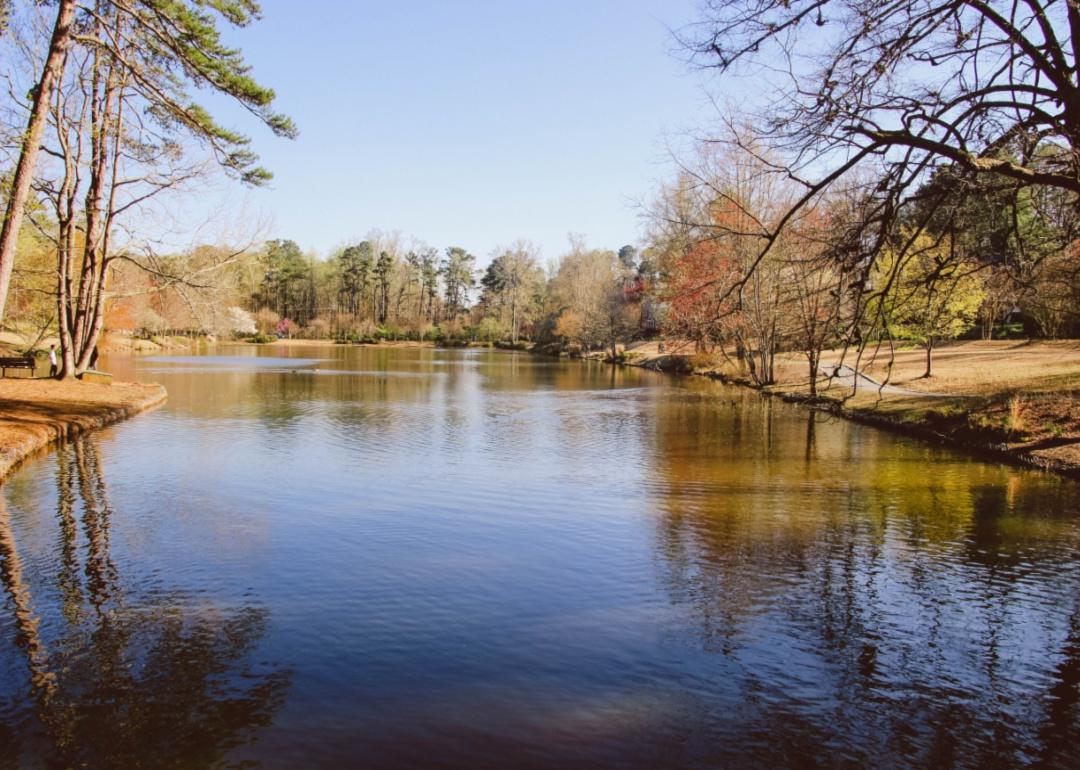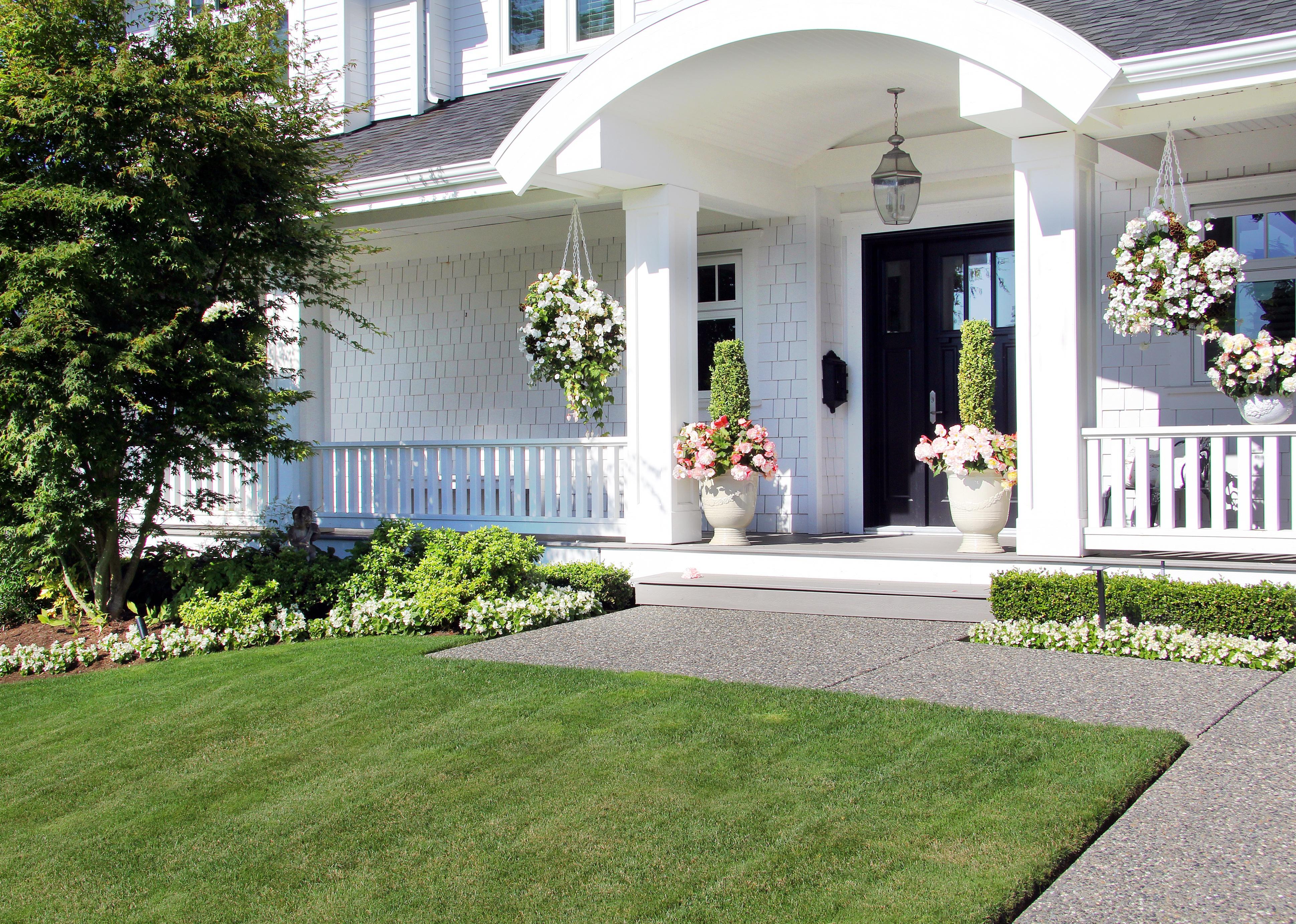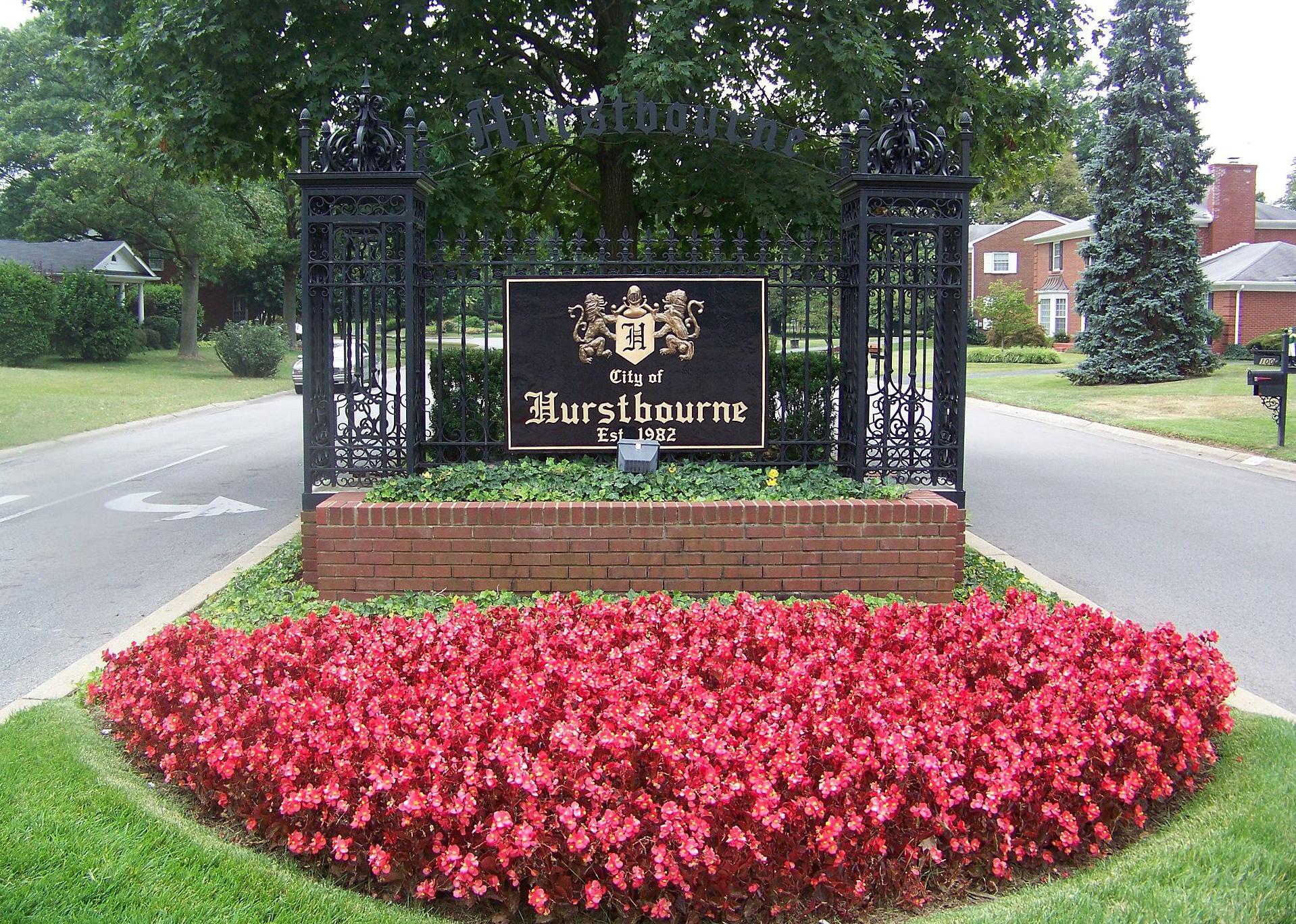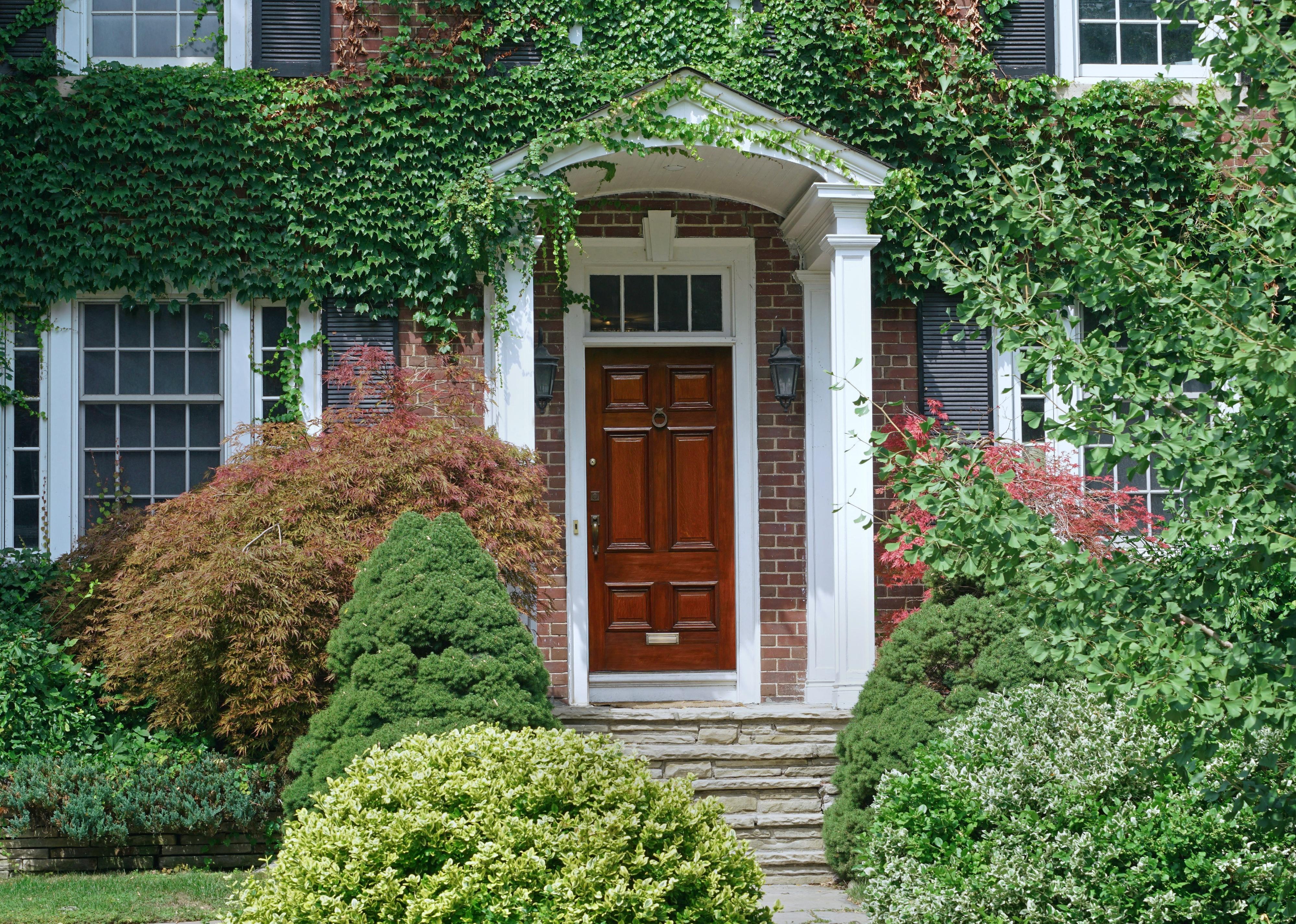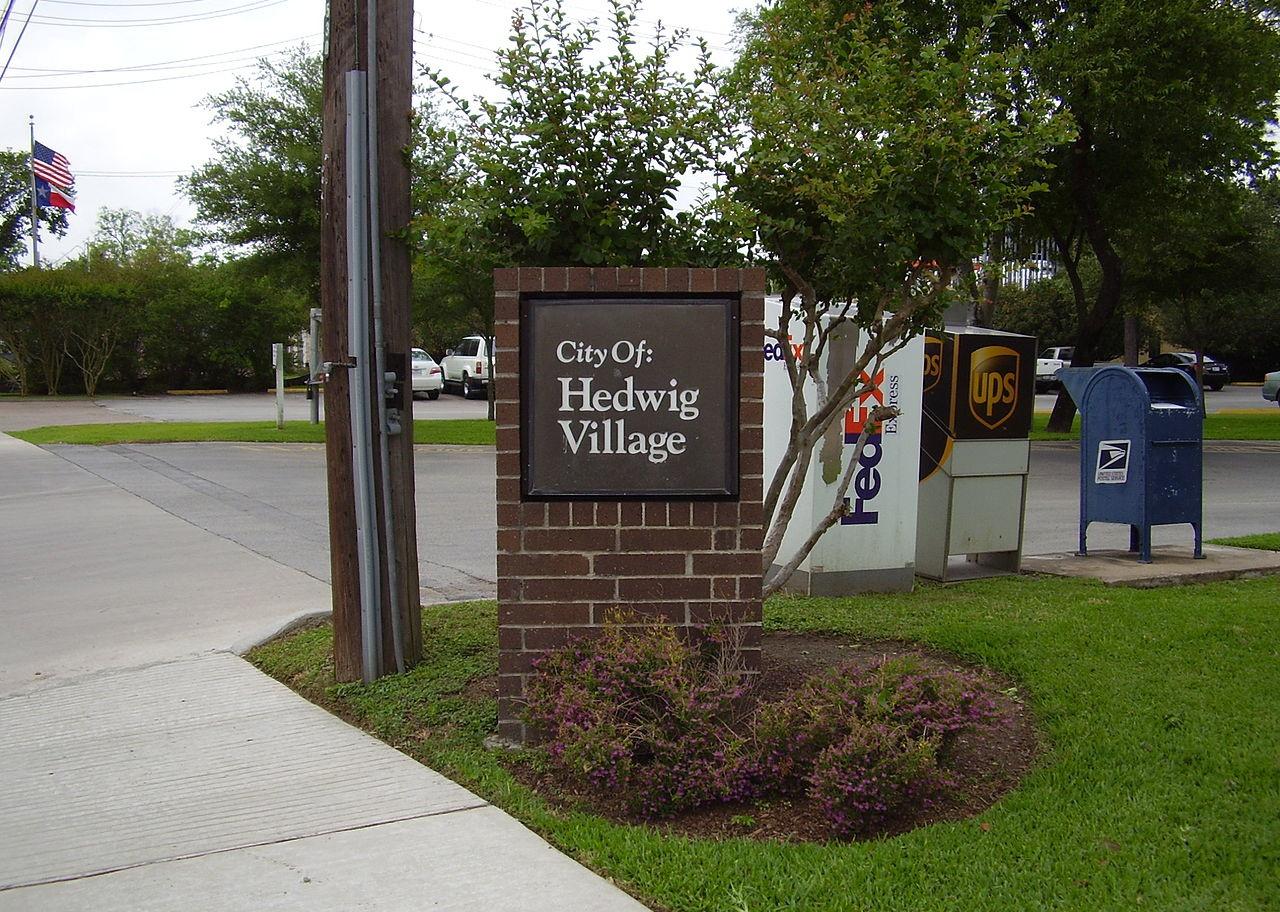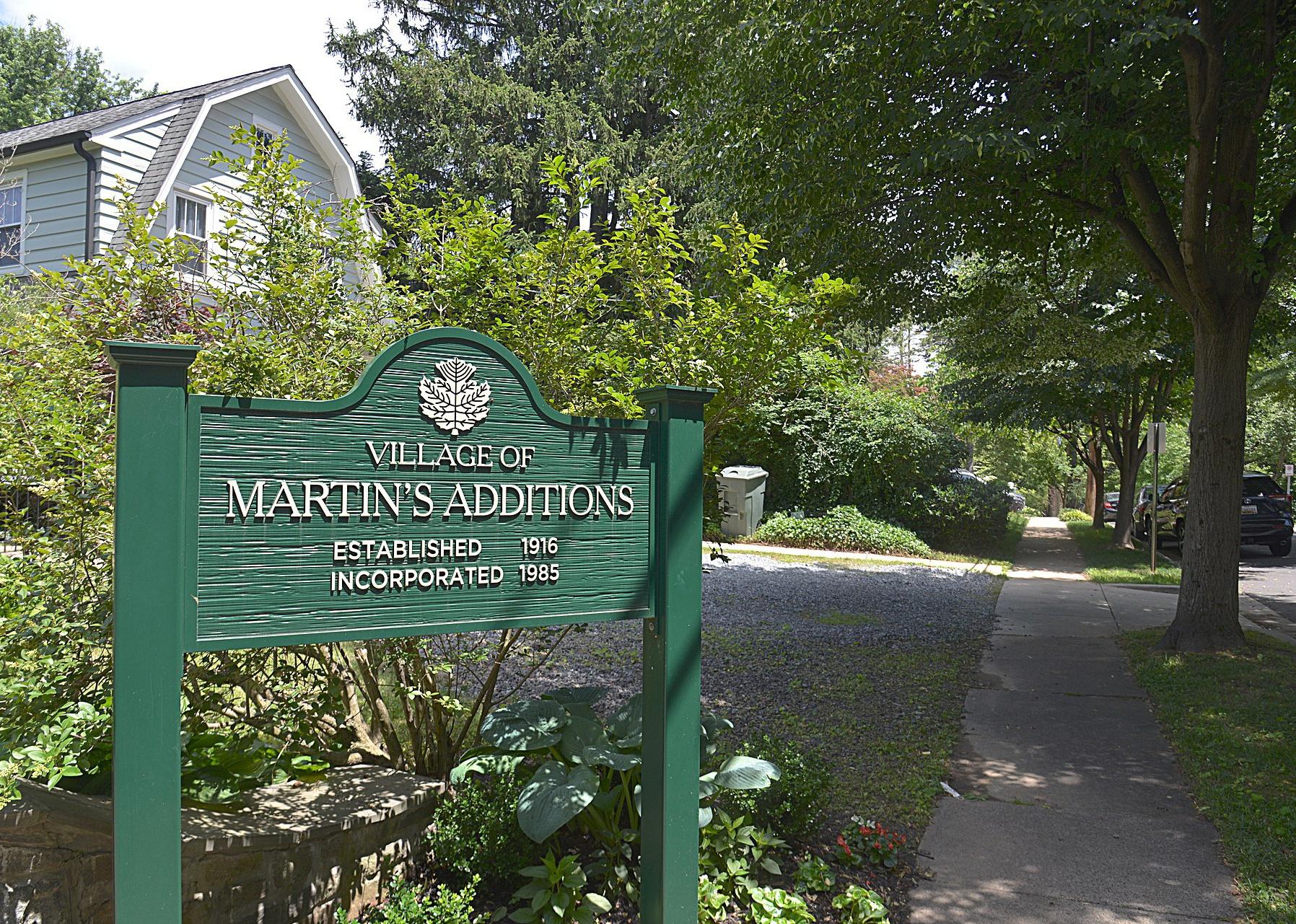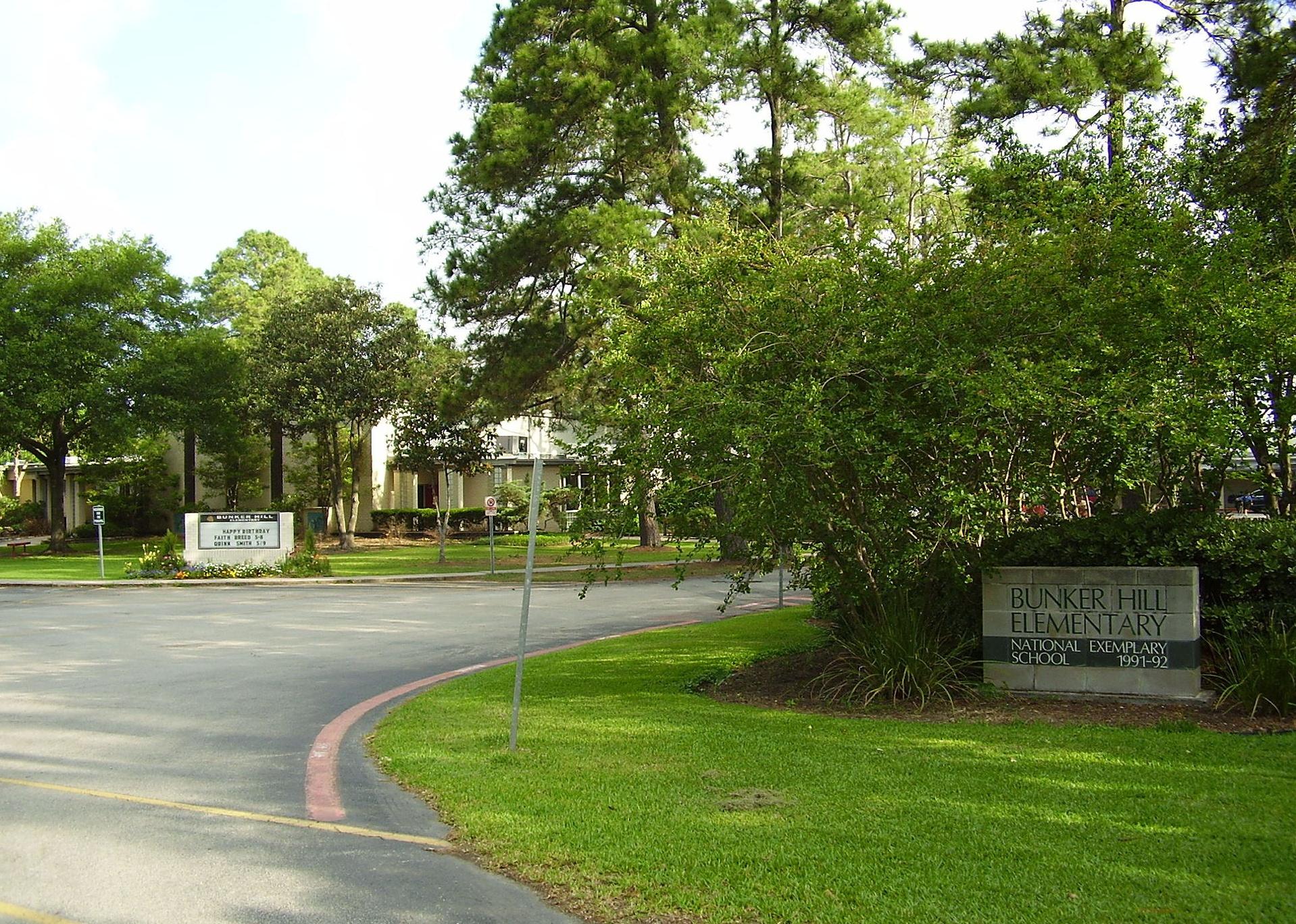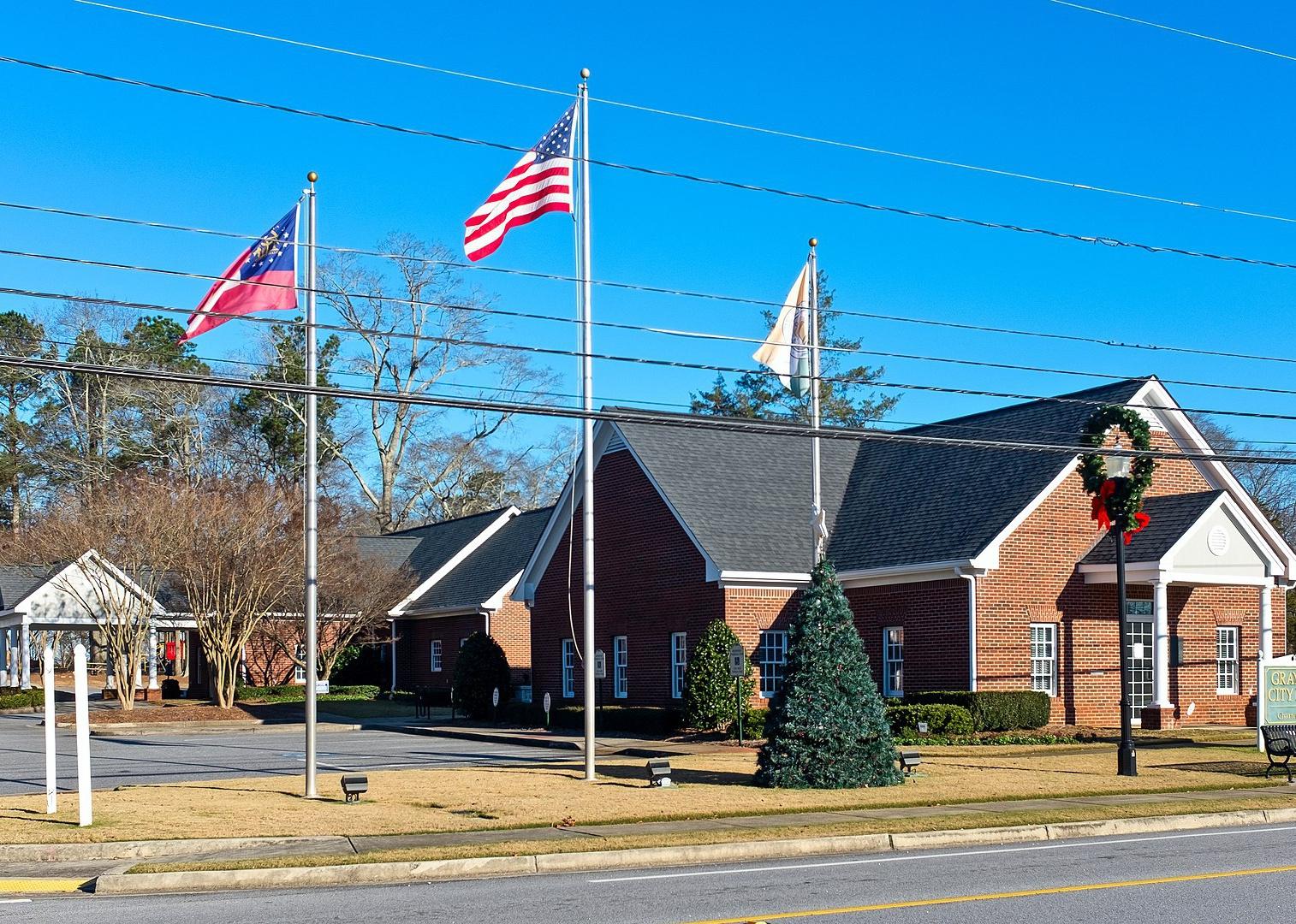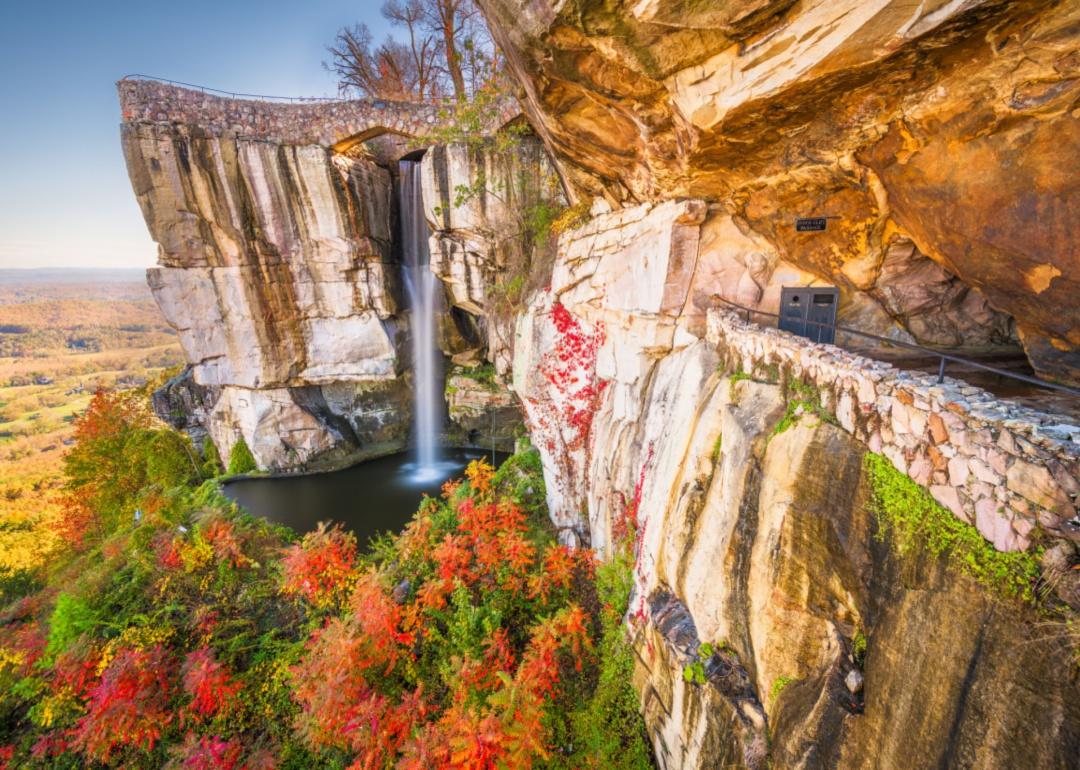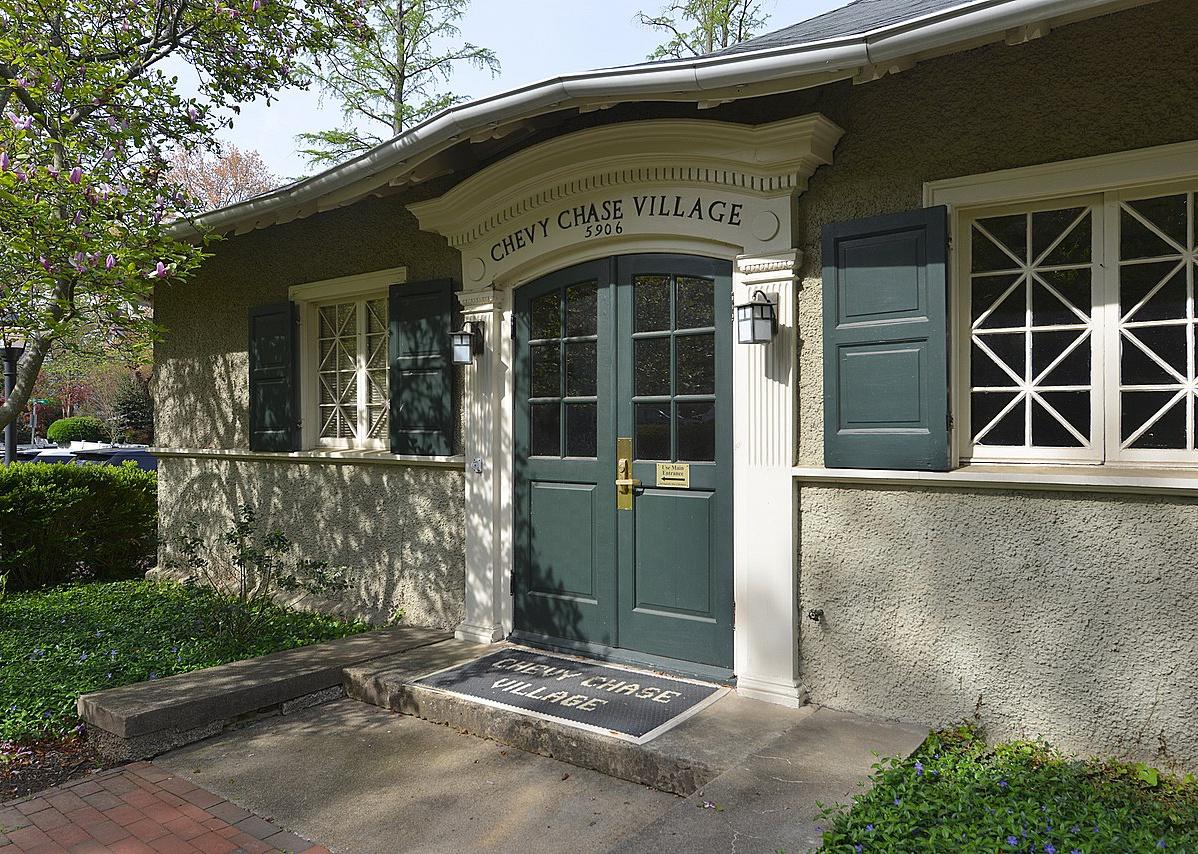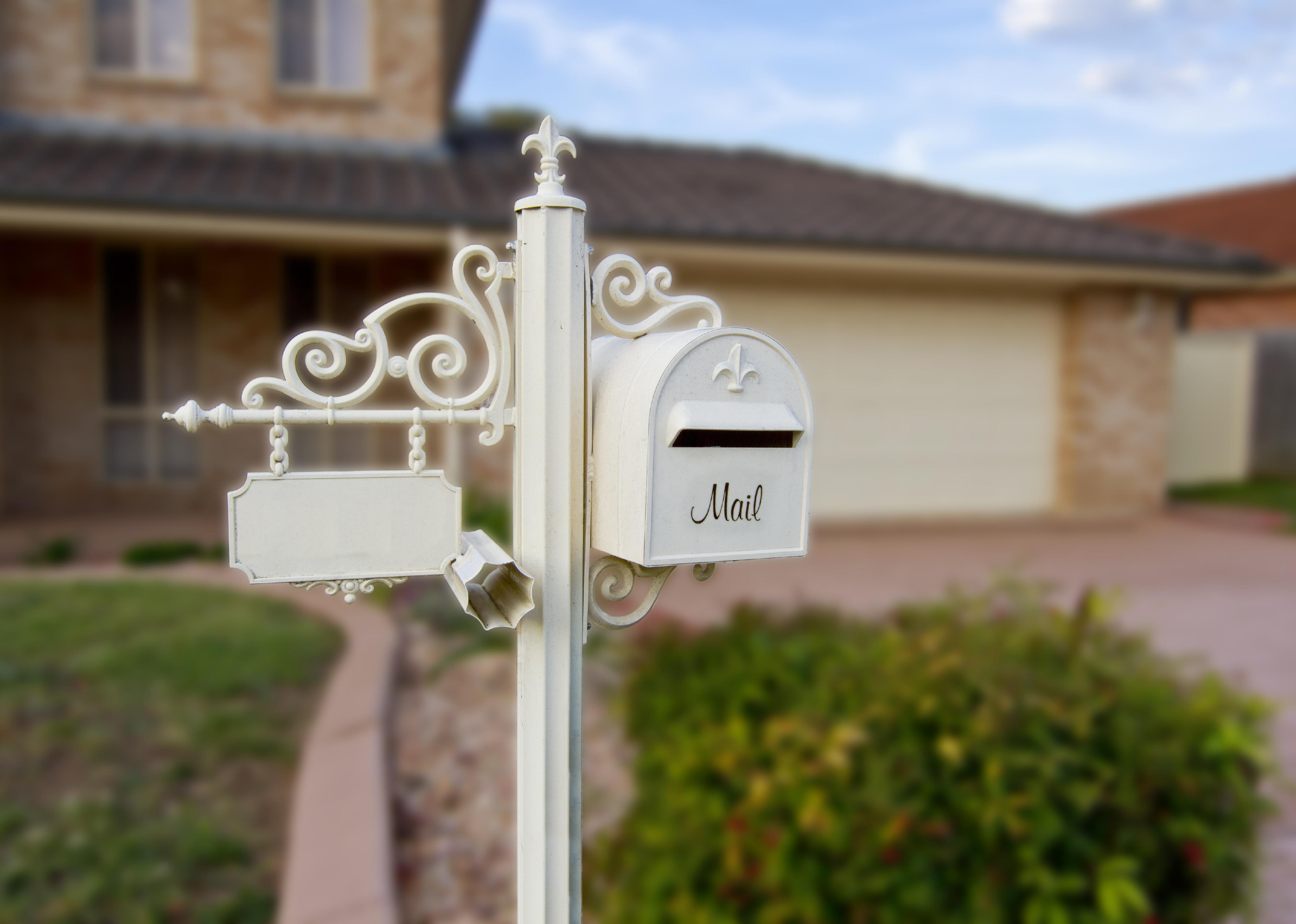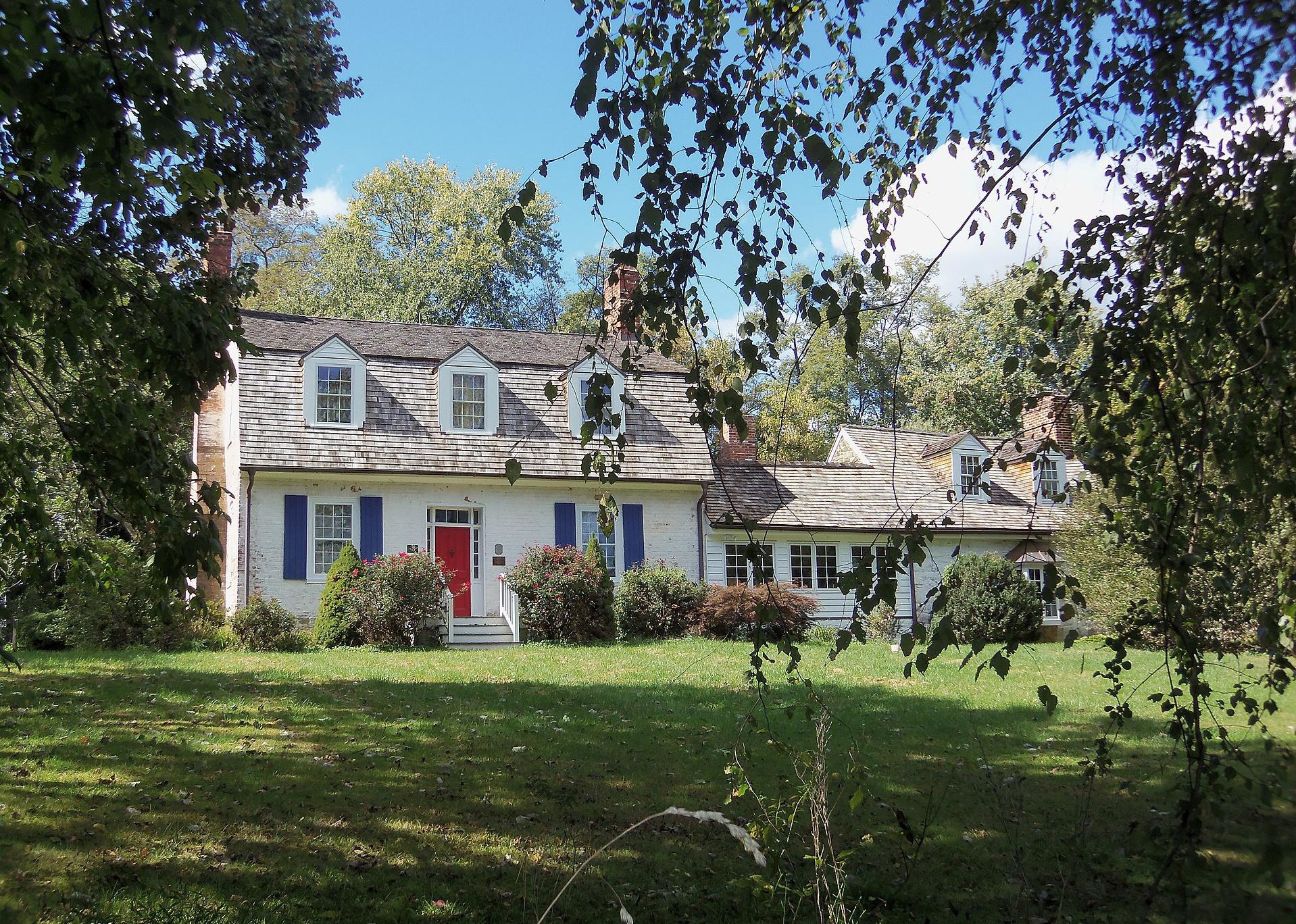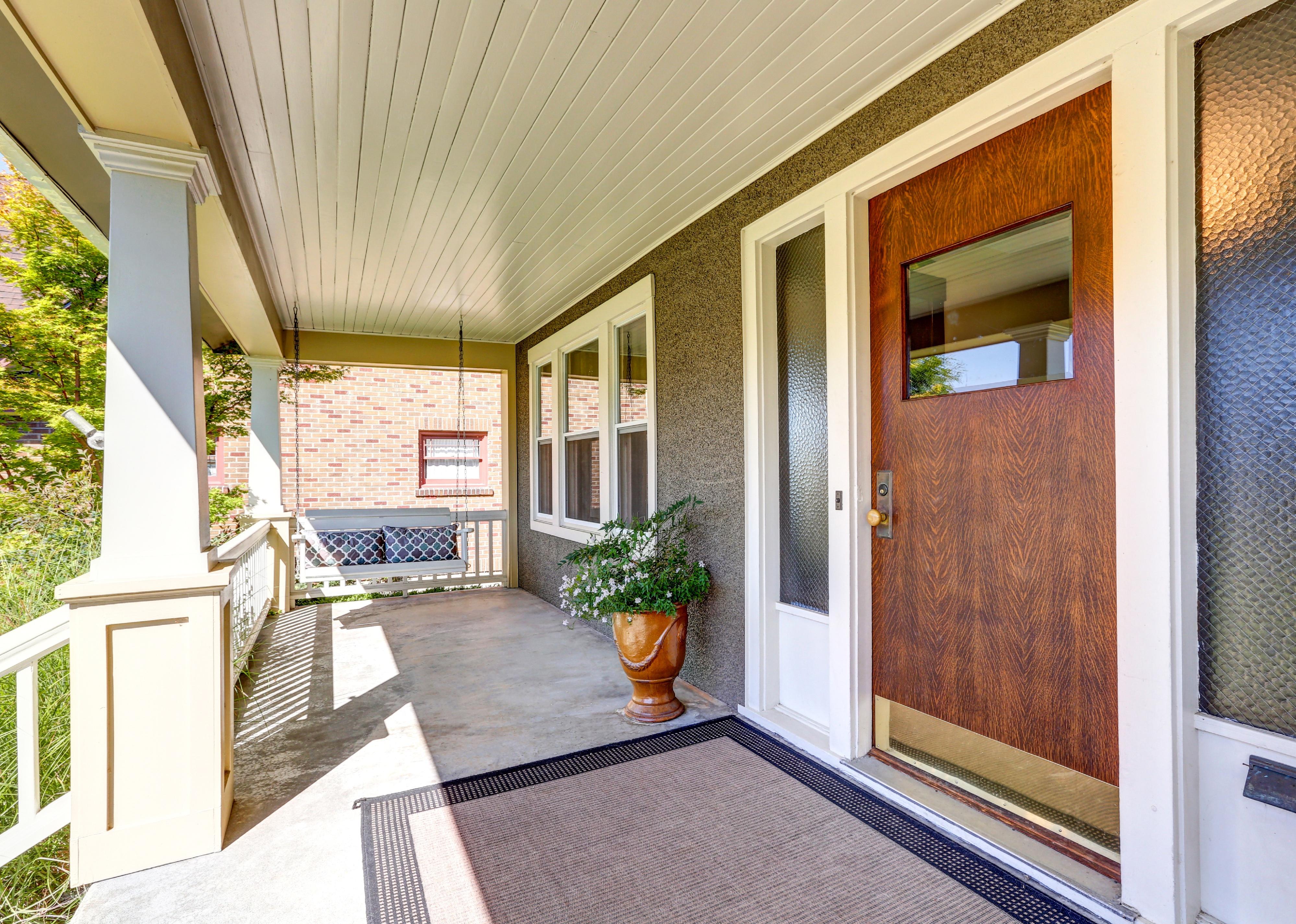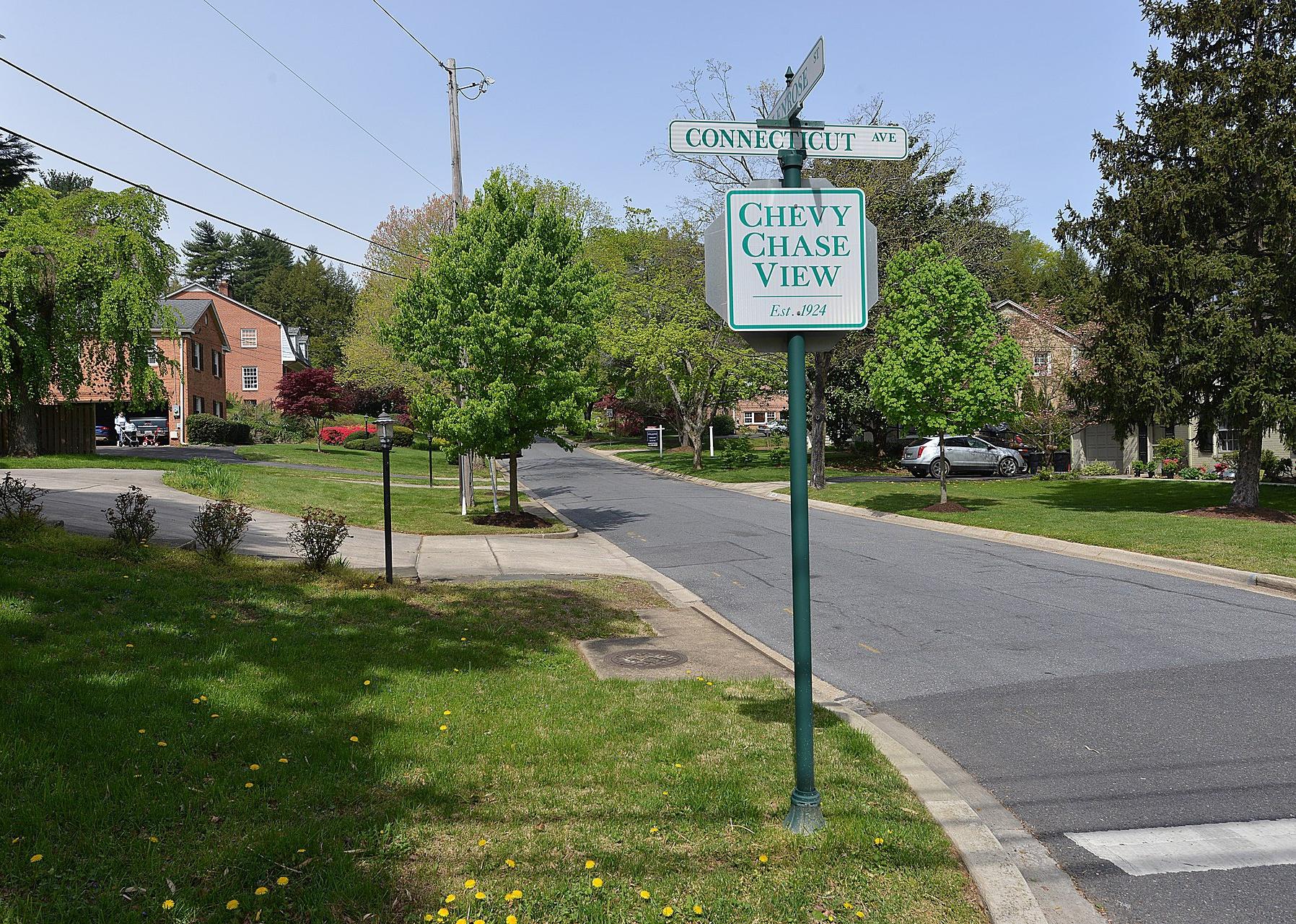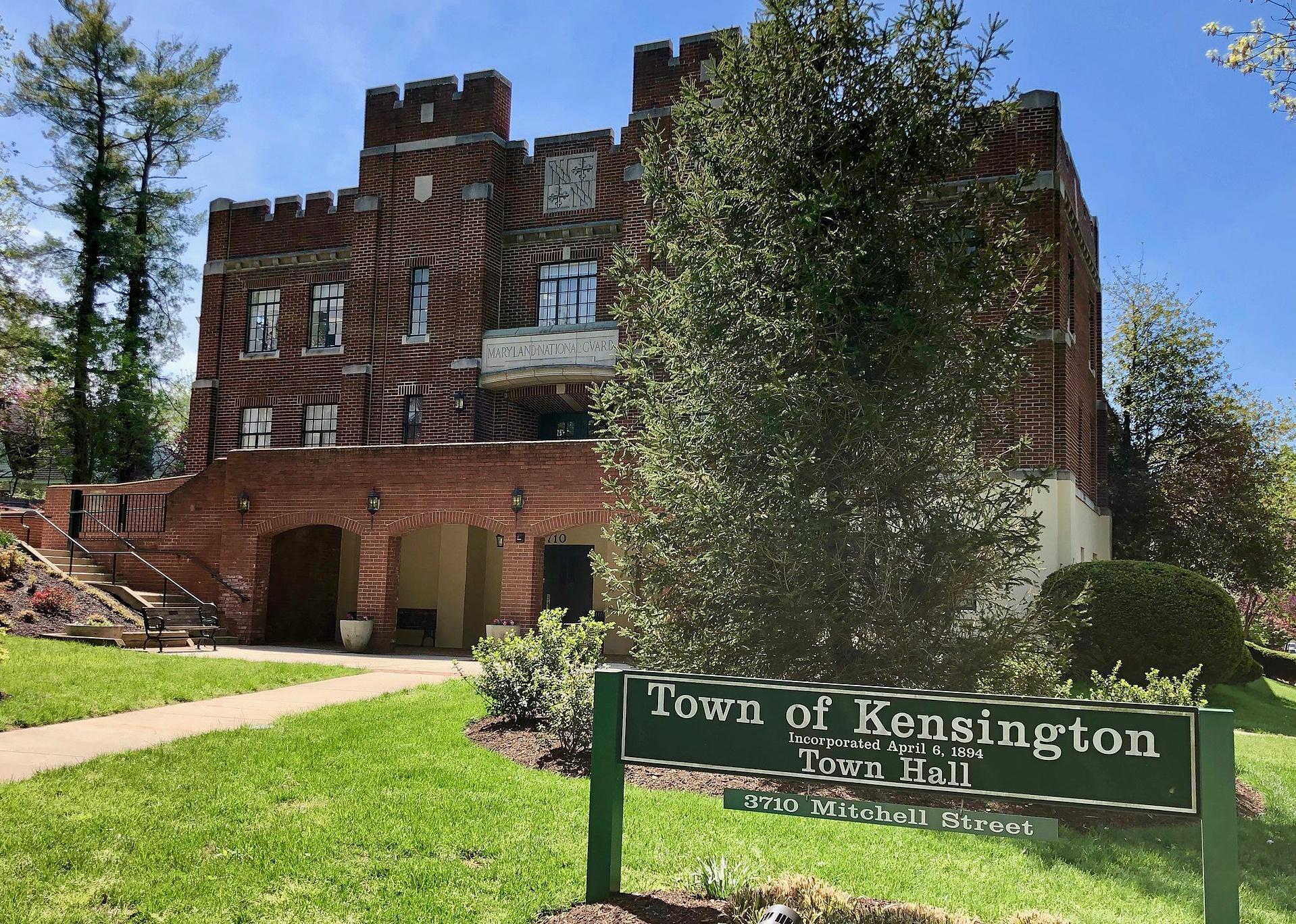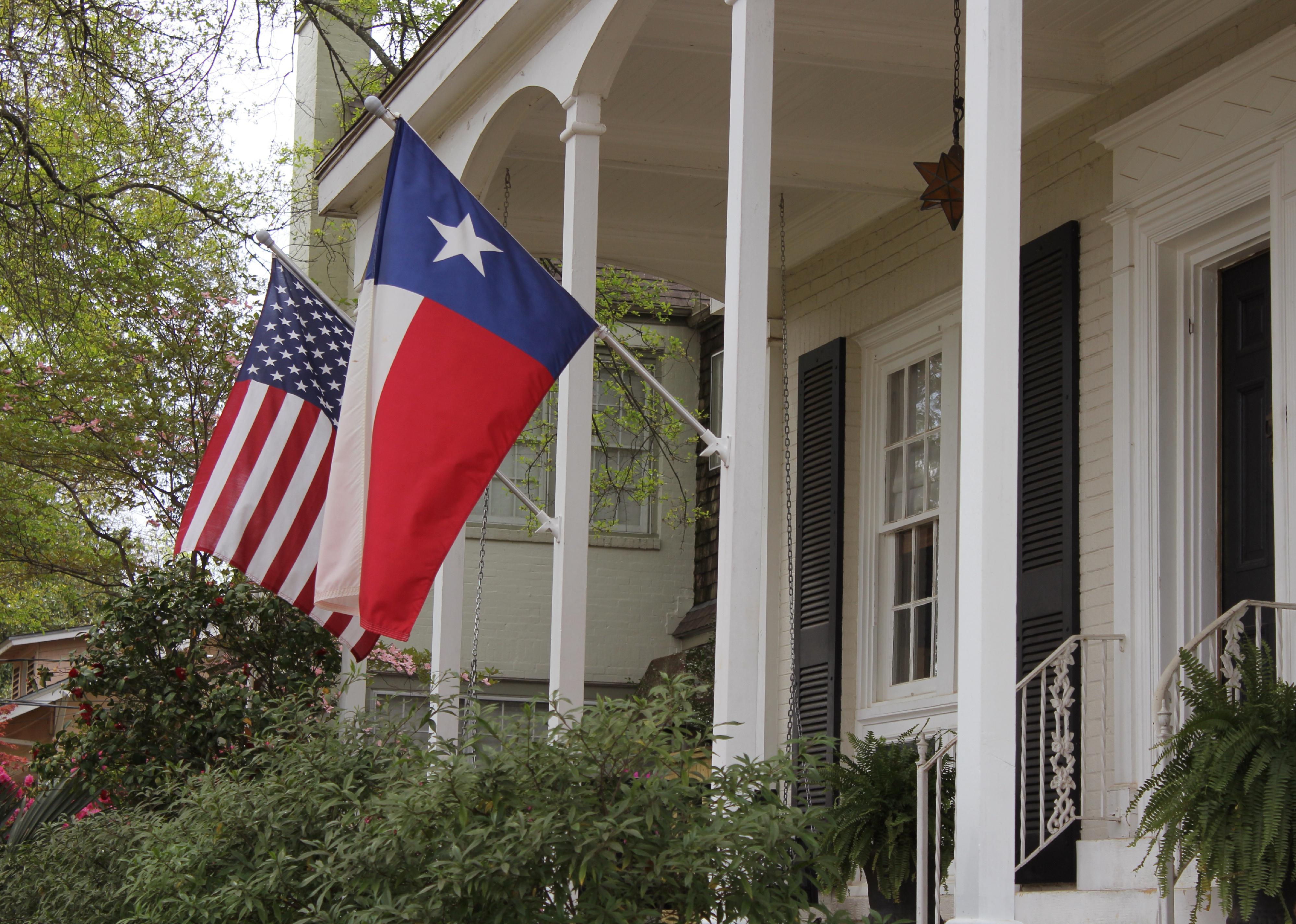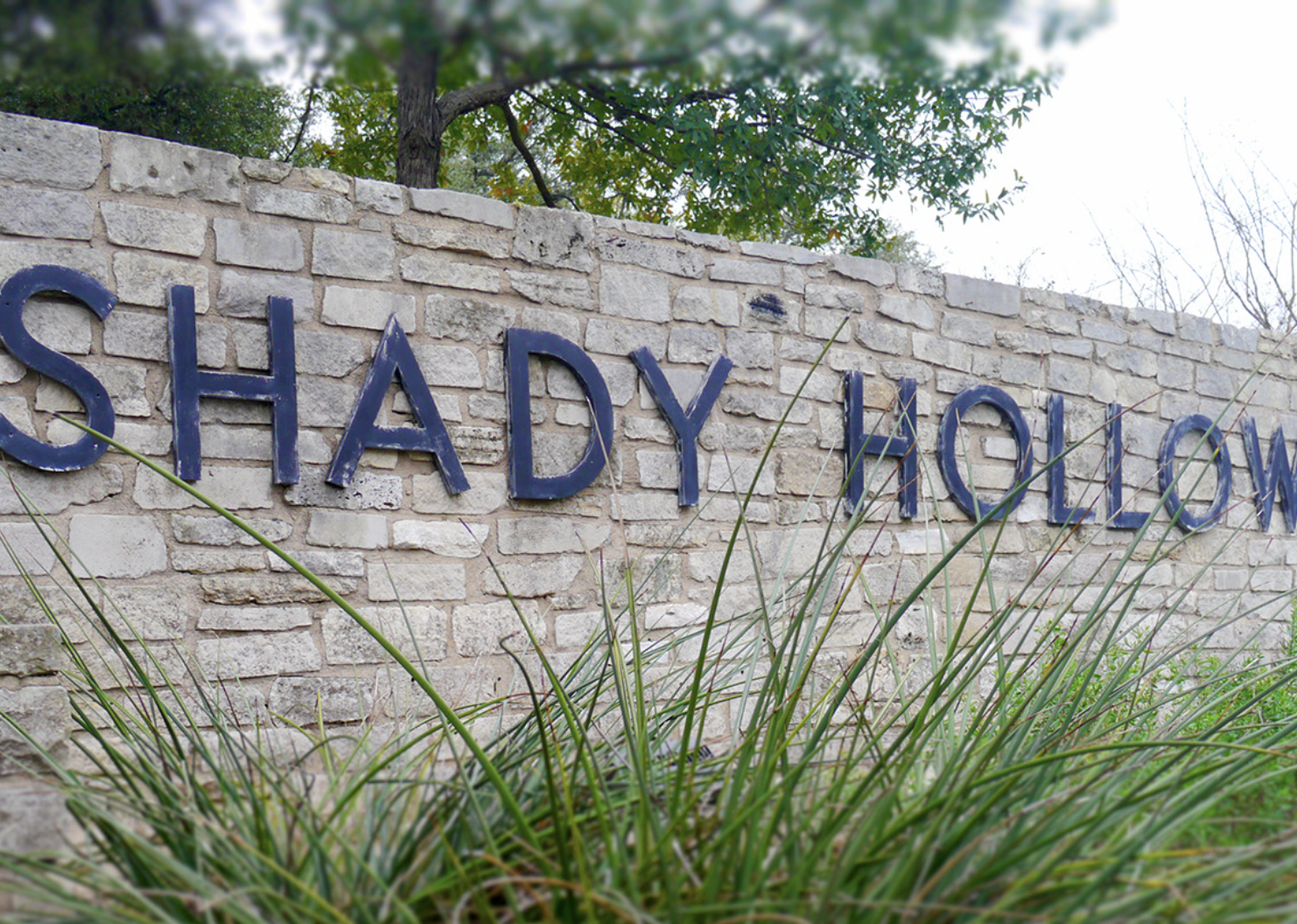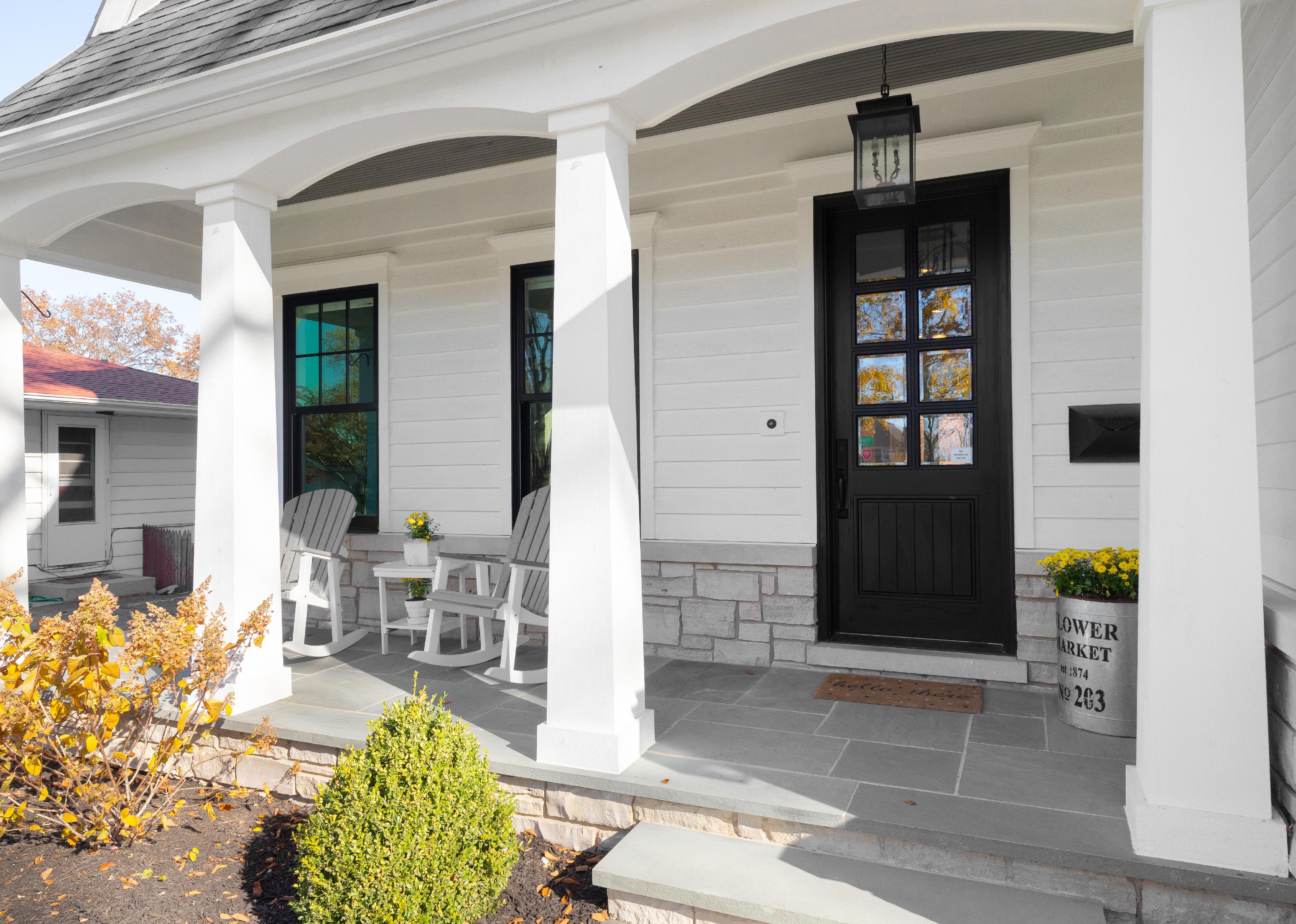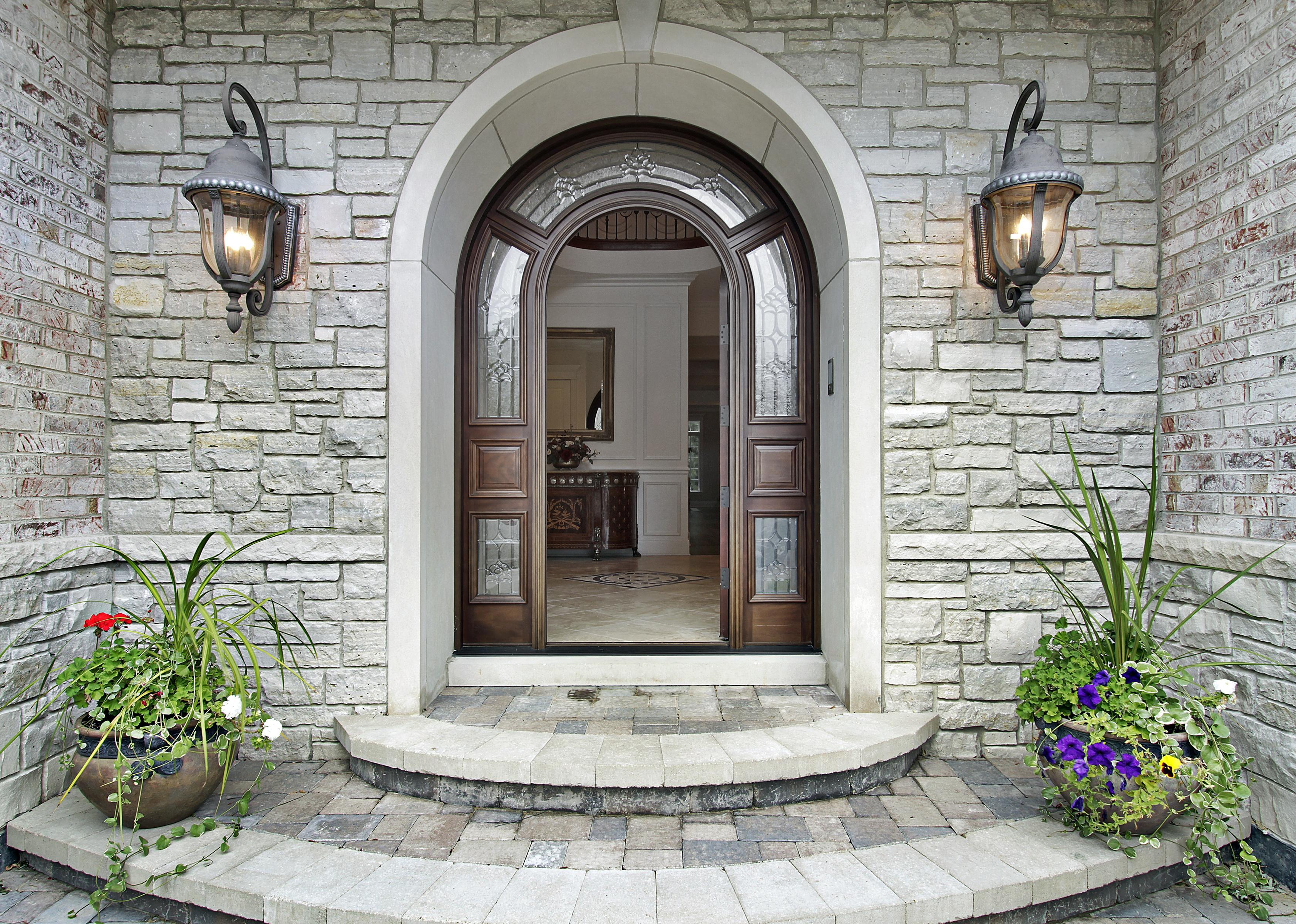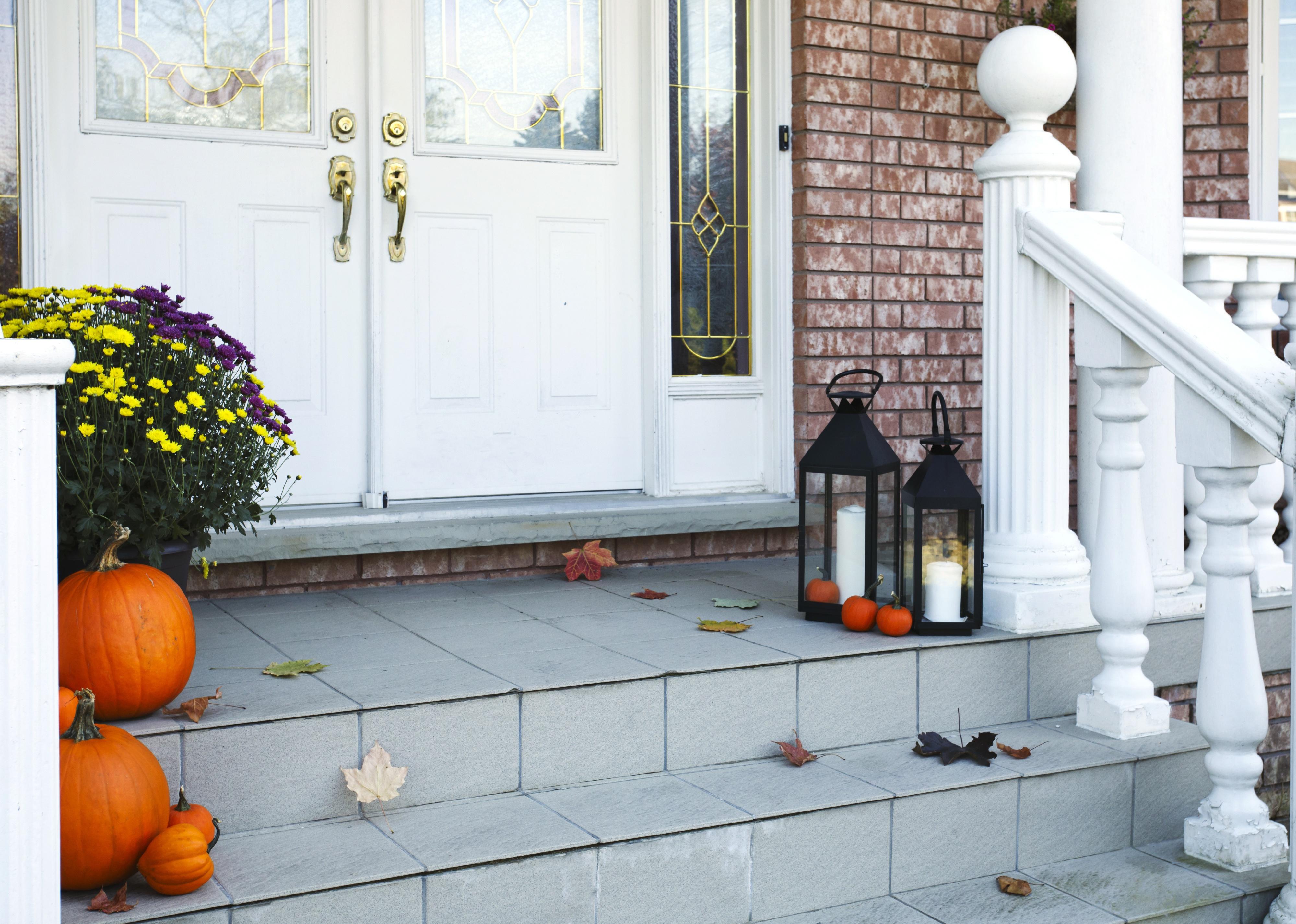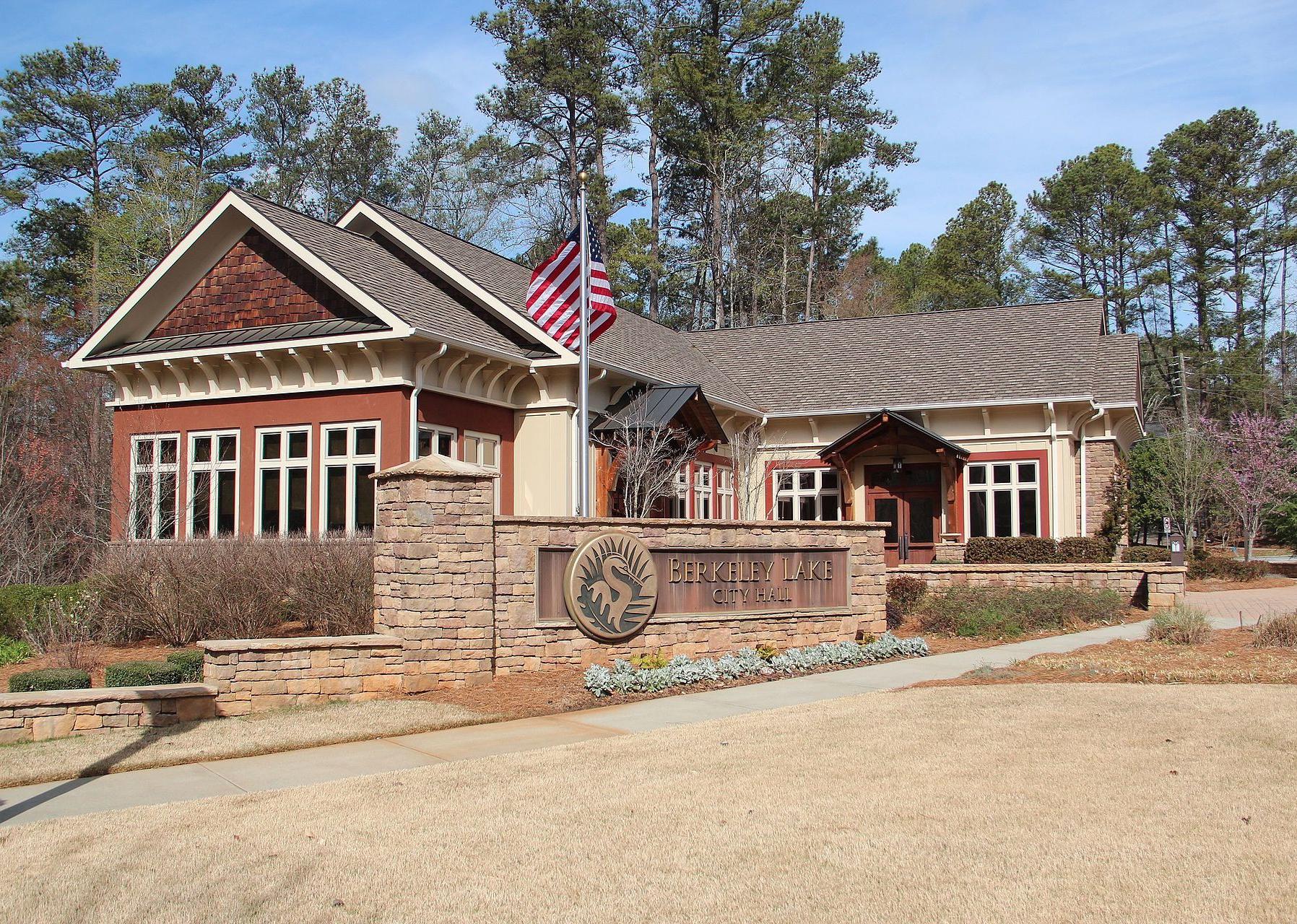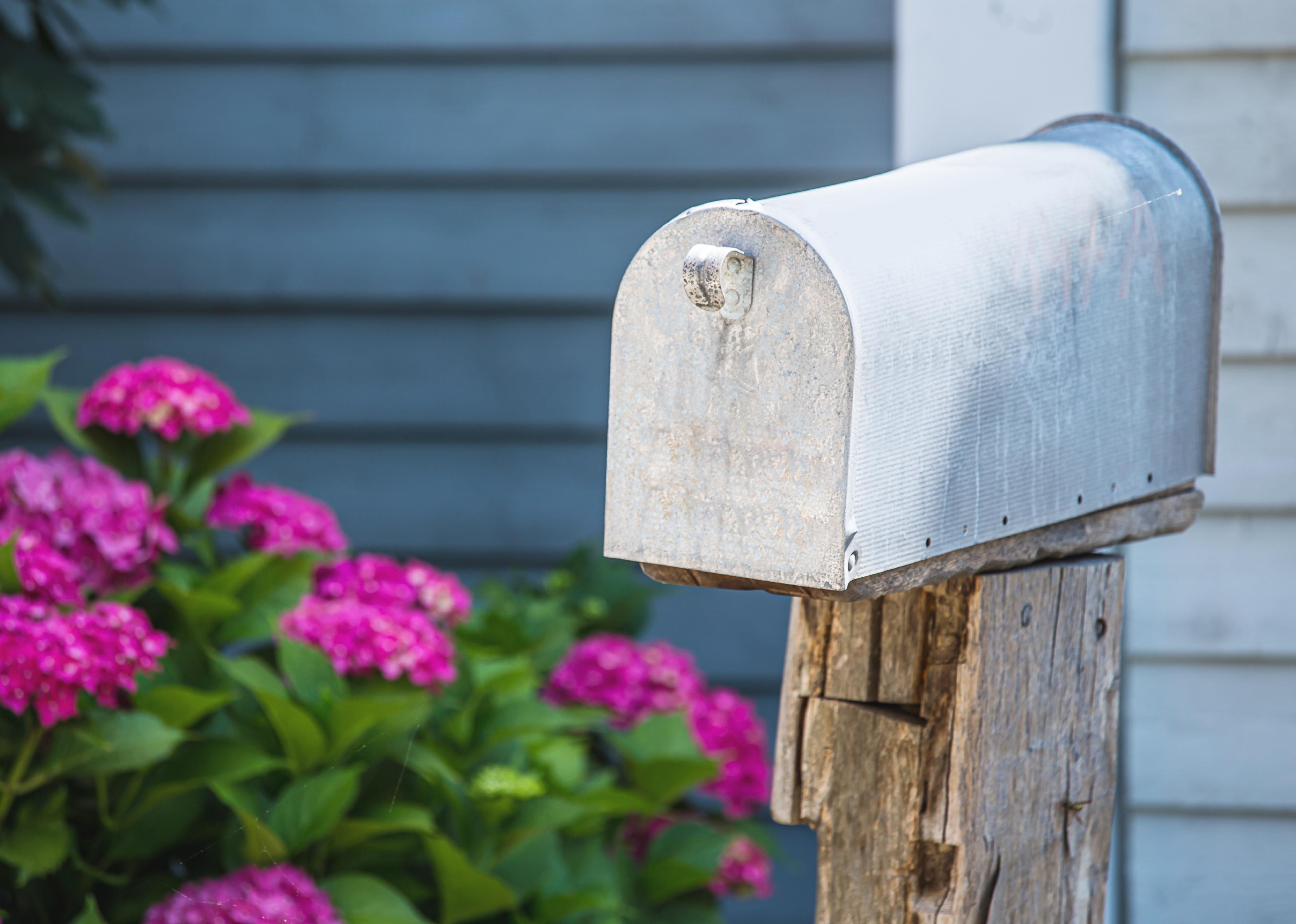Best Southern small towns to live in
Justin T. Gellerson for The Washington Post via Getty Images
Best Southern small towns to live in
A white two story home with a red door.
Whether considering a new move or just daydreaming of living in a town with a dose of Southern charm, Stacker has you covered with a list of the best suburban or rural areas of the South.
The U.S. South, considered by the U.S. Census Bureau to start at Maryland and Delaware, and then stretch all the way west to Texas and Oklahoma, is one of the fastest-growing regions in the U.S., and was, even before the COVID-19 pandemic hit.
Known for its hospitality, regional cuisines, and sprawling landscapes, the region boasts many towns with family-friendly historic attractions and outdoor activities. Some suburban and rural areas offer residents a crime-free life with great public education and job options.
Stacker referenced Niche’s 2022’s “Best Places to Live” study, narrowed the results to the American South—and then narrowed them further to the suburbs or rural areas, those towns with under 5,000 residents. Niche rated the best places to live according to factors such as cost of living, safety, and access to healthy living, good jobs, and education.
While this data is the most current available, some housing statistics Niche uses to calculate its rankings, such as median home values and housing costs, are not entirely reflective of the current housing market.
![]()
Nicole Glass Photography // Shutterstock
#25. Chevy Chase Town, Maryland
An aerial view of large homes amongst the trees.
– Population: 2,913
– Median home value: $1,383,400 (97% own)
– Median rent: $3,501 (3% rent)
– Median household income: $250,001
Chevy Chase Town offers its residents a rural feel, according to Niche. More than two-thirds of residents have master’s degrees, and the public schools are ranked in the top 20 in the state. Housing prices are far above national averages. It’s a close-in suburb of Washington D.C., with easy public-transit access to any of the parks and attractions in the nation’s capital.
Mark Taylor Cunningham // Shutterstock
#24. Taylor Lake Village, Texas
Homes on a lake.
– Population: 3,694
– Median home value: $289,700 (94% own)
– Median rent: $2,555 (6% rent)
– Median household income: $138,438
Niche ranks Taylor Lake Village, a suburb of Houston, as the best suburb for buying a house in the Houston area. It’s a great place for outdoor activities, raising a family, and housing, and offers a decent nightlife. There are waterfront homes on two lakes, a large shoreline community park, and a strong volunteering spirit.
Canva
#23. Riverview, South Carolina
A small blue house with white trim and a green lawn.
– Population: 1,989
– Median home value: $447,800 (60% own)
– Median rent: $578 (40% rent)
– Median household income: $116,840
Ranked by Niche as the best place to buy a house in South Carolina, Riverview, a suburb of Charlotte, is a great place to raise families. Jobs, schools, housing, and the cost of living all get A+ grades. However, residents must travel to Charlotte to do most shopping or to enjoy some nightlife.
ElenaAdanPhotography // Shutterstock
#22. Avondale Estates, Georgia
People standing next to a pond.
– Population: 3,494
– Median home value: $442,300 (87% own)
– Median rent: $1,647 (13% rent)
– Median household income: $122,009
Niche ranks Avondale Estates as the seventh best place to retire in Georgia. It’s just east of Atlanta and is described as having a “sparse suburban feel.” Niche also reports Avondale Estates has relatively low crime and is a great place for families, outdoor activities, public education, and job prospects. It’s home to the unique Waffle House Museum. Other nearby attractions include the science exhibitions at the Fernbank Museum for dinosaur fossils, the Fernbank Science Center for hands-on experiences, or hiking trails through the Fernbank Forest.
Hannamariah // Shutterstock
#21. Olmos Park, Texas
A large white house with a green lawn.
– Population: 2,432
– Median home value: $703,400 (79% own)
– Median rent: $1,087 (21% rent)
– Median household income: $146,944
Olmos Park, located north of downtown San Antonio, was developed in the 1920s. H.C. Thorman, a renowned real-estate developer and oilman from Ohio, purchased the property and built homes, creating this posh enclave. Thorman used stone veneer over structural concrete to evoke the style of English stone cottages in the homes he built, many of which still exist.
STONE8HENGE // Wikimedia Commons
#20. Hurstbourne, Kentucky
An iron entrance into Hurstbourne with pink flowers in the front.
– Population: 4,644
– Median home value: $441,200 (63% own)
– Median rent: $1,370 (37% rent)
– Median household income: $107,423
Though the area was first settled in 1779, the town didn’t really begin until the mid-1960s as an extension of the growth of nearby Louisville. Today, the primarily residential community has a country club at its center, with commercial activity primarily right along its edges.
Spiroview Inc // Shutterstock
#19. Indian Hills, Kentucky
A brick house covered in greenery.
– Population: 2,878
– Median home value: $609,100 (100% own)
– Median rent: No data available
– Median household income: $163,750
A suburb of Louisville, Indian Hills provides a rural feel while with accessibility to coffee shops and restaurants. Two sons of noted landscape architect Frederick Law Olmsted designed several wooded areas in town. Almost everyone in town owns their home.
WhisperToMe // Wikimedia Commons
#18. Hedwig Village, Texas
A brick Hedwig Village sign.
– Population: 2,343
– Median home value: $1,200,900 (73% own)
– Median rent: $1,201 (27% rent)
– Median household income: $166,250
A suburb of Houston, Hedwig Village offers its residents a diverse urban-suburban feel with a commercial district alongside I-10, and wooded lots throughout most of the rest of the 1-square-mile city. It has excellent public schools and is good for families, but housing prices are high, which increases the overall cost of living.
G. Edward Johnson // Wikimedia Commons
#17. Martin’s Additions, Maryland
A green sign for Martin’s Additions in a neighborhood.
– Population: 1,045
– Median home value: $1,252,700 (96% own)
– Median rent: $2,350 (4% rent)
– Median household income: $250,001
Harry Martin, an entrepreneur in the late 19th century, played a key role in the region’s development, including constructing homes on a 90-acre lot of land that became nicknamed—and later formally named—Martin’s Additions, because he advertised them as “additions” to neighboring Chevy Chase. Roughly 325 homes fill the village’s 14 streets. Residents have access to the excellent Montgomery County schools, and are close to several area parks.
WhisperToMe // Wikimedia Commons
#16. Bunker Hill Village, Texas
Bunker Hill Elementary School.
– Population: 3,821
– Median home value: $1,645,400 (94% own)
– Median rent: $3,501 (6% rent)
– Median household income: $250,001
Bunker Hill Village, located in West Houston, was incorporated in 1954 and, by 1966, had become an affluent community with a growing population. Over the years, residents of Bunker Hill Village have adopted zoning ordinances and taken other measures to preserve their quiet, wooded neighborhood.
Northwalker // Wikimedia Commons
#15. Grayson, Georgia
A brick building with flags on the front lawn.
– Population: 4,478
– Median home value: $350,200 (96% own)
– Median rent: $2,136 (4% rent)
– Median household income: $113,652
Grayson, a suburb of Atlanta, has quality schools, parks, coffee houses, restaurants, and shopping. Residents in the area are composed of families as well as single professionals.
Sean Pavone // Shutterstock
#14. Lookout Mountain, Georgia
A waterfall on a large cliff surrounded by Fall foliage.
– Population: 1,701
– Median home value: $387,000 (87% own)
– Median rent: $1,146 (13% rent)
– Median household income: $128,611
In an area known for hiking and breath-taking views, the small city of Lookout Mountain neighbors a town of the same name in Tennessee. Both are conveniently located near Chattanooga. Famous attractions in the area include the Blue Ridge Mountains, “Rock City,” a view of seven states, Civil War sites, and underground waterfalls. According to Niche, the annual median individual income is $48,380, more than $10,000 above the national average. And poverty and unemployment are below national averages.
G. Edward Johnson // Wikimedia Commons
#13. Chevy Chase Village, Maryland
A small stone building with green trim reading Chevy Chase Village.
– Population: 1,858
– Median home value: $1,938,800 (98% own)
– Median rent: $3,450 (2% rent)
– Median household income: $250,001
Chevy Chase Village, a suburb of Washington D.C., is among the wealthiest in the state. It averages zero violent crimes a year, helping earn the community an A grade for crime and safety. And thefts, including vehicle thefts, are below the national average. But the village does have a burglary rate slightly above the national average.
Krishnadas // Shutterstock
#12. Prospect, Kentucky
A white ornate mailbox in front of a home.
– Population: 4,653
– Median home value: $426,300 (94% own)
– Median rent: $1,147 (6% rent)
– Median household income: $160,960
Most Prospect residents, whether families or single professionals, own their homes in this rural-feeling suburb northeast of Louisville. Outdoor activities within the city limits include horse riding, golf, paddling on Harrods Creek, and walking in the woods along the creek.
Farragutful // Wikimedia Commons
#11. Derwood, Maryland
A white brick house with blue trim and a red door.
– Population: 1,700
– Median home value: $546,300 (64% own)
– Median rent: $1,375 (36% rent)
– Median household income: $71,471
Despite being a small town, Derwood is accessible on the red line of the D.C. area’s Metro system, which allows people to commute to and from work in the nation’s capital. Overall, Derwood has a diverse community: 46% of its residents are internationally born, 33% are naturalized, and 53% are born in the U.S.
Artazum // Shutterstock
#10. Anchorage, Kentucky
A stone front porch with a swing.
– Population: 2,607
– Median home value: $707,100 (97% own)
– Median rent: $2,031 (3% rent)
– Median household income: $199,261
Anchorage was named in honor of James Goslee, an early resident who was a boat captain on the nearby Ohio River. The 3-square-mile city has a number of historic buildings in its downtown and a range of home designs, including classic Colonial and ranch style, situated on tree-lined blocks.
G. Edward Johnson // Wikimedia Commons
#9. Chevy Chase View, Maryland
A neighborhood with large homes and a Chevy Chase View entrance sign.
– Population: 1,103
– Median home value: $1,003,700 (98% own)
– Median rent: $3,250 (2% rent)
– Median household income: $250,001
Chevy Chase View, an affluent suburb located in the heart of Montgomery County, was incorporated in 1993. It is within walking distance to other posh suburbs in the area. It’s close to the nation’s capital, and therefore home to politicians and other D.C. figures.
TownCreative // Wikimedia Commons
#8. Kensington, Maryland
A red brick town hall with a green Kensington sign.
– Population: 2,336
– Median home value: $797,300 (56% own)
– Median rent: $1,920 (44% rent)
– Median household income: $132,132
Kensington, northwest of Washington D.C., has a small-town vibe with city accessibility, including two nearby Metro stations and a commuter-rail stop in the heart of town. Colonial, ranch, and Tudor-style homes with median values around $750,000 are situated along the community’s tree-lined streets.
LMPark Photos // Shutterstock
#7. Rollingwood, Texas
A large white home with dark shutters and a U.S. flag and a Texas flag flying in front.
– Population: 1,397
– Median home value: $1,306,600 (95% own)
– Median rent: $3,501 (5% rent)
– Median household income: $207,969
Rollingwood, an affluent neighborhood located just outside of Austin, is ideal for those who enjoy outdoor activities. There’s plenty of access to parks and shopping. Visitors can stop by the Austin Nature & Science Center just outside the city limits, which provides educational programs and nature exhibits.
Chris.w.braun // Wikimedia Commons
#6. Shady Hollow, Texas
A brick sign for Shady Hollow.
– Population: 4,587
– Median home value: $469,200 (97% own)
– Median rent: $2,307 (3% rent)
– Median household income: $147,674
Shady Hollow began in 1972 as a 600-acre development by a single company. Six years later, the homeowners claimed the company was building homes more densely than they had promised. In the decades since, the truce between the groups has resulted in an affluent community with many amenities, including parks, a community center, and tennis and basketball courts.
Hendrickson Photography // Wikimedia Commons
#5. Brookmont, Maryland
A white house with a black door and rocking chairs on the porch.
– Population: 3,841
– Median home value: $1,076,500 (78% own)
– Median rent: $2,650 (22% rent)
– Median household income: $250,001
Brookmont is a neighborhood along the Potomac River just west of Washington D.C., that shares a ZIP Code with neighboring Bethesda. There’s also plenty to do in the nation’s capital, which is just a short drive away.
pics721 // Shutterstock
#4. West Lake Hills, Texas
The grand open front door into a light-colored brick mansion.
– Population: 3,373
– Median home value: $1,195,400 (88% own)
– Median rent: $1,365 (12% rent)
– Median household income: $191,667
If you’re into outdoor recreation with scenic views, West Lake Hills may be the ideal place to set roots. This walkable town situated on hilltops offers residents amazing views of downtown Austin and is close to entertainment, dining, and shopping. Many of the residents are professionals who commute to downtown Austin.
AnjelikaGr // Shutterstock
#3. Indian Springs Village, Alabama
A porch with a white front door and railing and pumpkins on the stairs.
– Population: 2,563
– Median home value: $433,100 (96% own)
– Median rent: No data available (4% rent)
– Median household income: $124,659
Indian Springs Village, a residential neighborhood just minutes away from downtown Birmingham, provides quality schools and a tight-knit community. Most of the residents have good jobs and own their homes. However, Indian Springs Village, intent on keeping its peaceful small-town vibe, doesn’t have a public transit system.
Thomson200 // Wikimedia Commons
#2. Berkeley Lake, Georgia
The Berkeley Lake city hall.
– Population: 2,503
– Median home value: $557,000 (97% own)
– Median rent: $2,154 (3% rent)
– Median household income: $138,182
The city of Berkeley Lake, first developed in 1948, surrounds its namesake lake, which is formed by one of the largest dams in all of Georgia. The area was a summer retreat with fishing cottages nestled among permanent residences for several years. These days, this distant northern suburb of Atlanta is home to large numbers of college-educated professionals, most of whom own their homes. With good schools, it’s an ideal location for families to settle.
pim pic // Shutterstock
#1. Spring Valley Village, Texas
A metal mailbox on a rustic wooden pole and pink flowers.
– Population: 4,204
– Median home value: $940,600 (97% own)
– Median rent: $2,455 (3% rent)
– Median household income: $224,722
Spring Valley, a suburb of Houston, was incorporated in 1955. At that time, homes were only allowed to be one story tall. It wasn’t until 1981 that two-story homes were permitted. That’s an example of how intent the community is on retaining its rural character, an effort reinforced in 2007 when the city officially changed its name from Spring Valley to Spring Valley Village.
